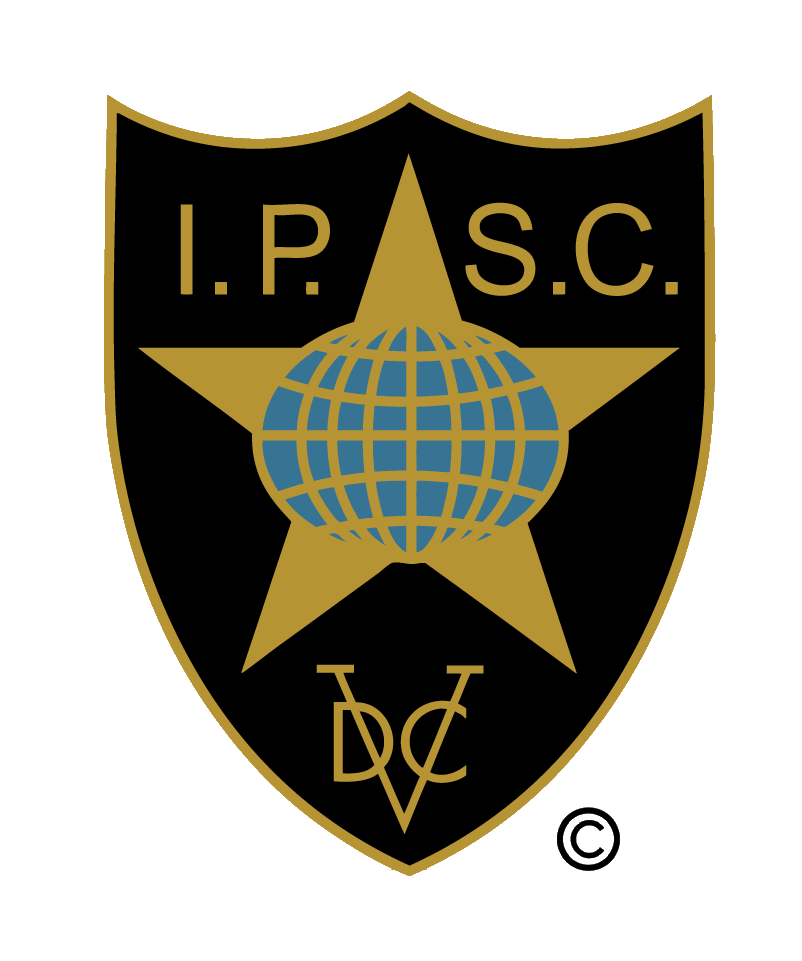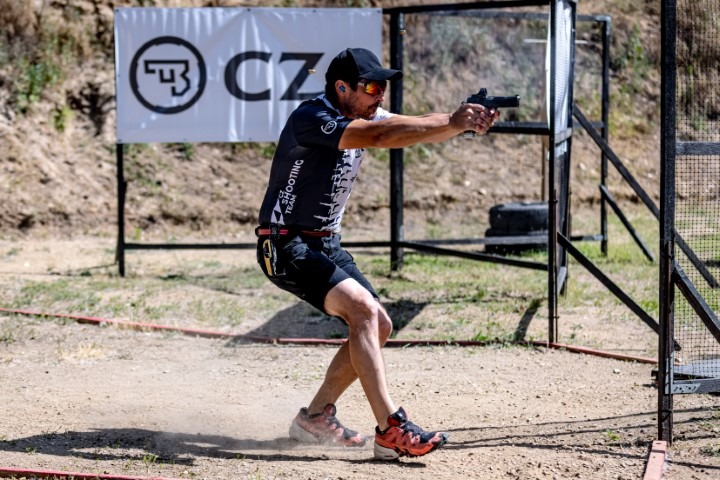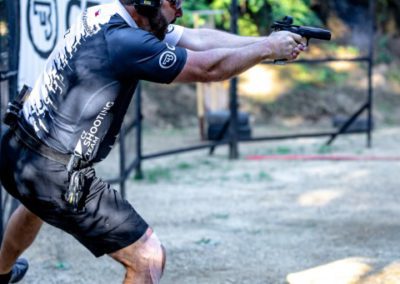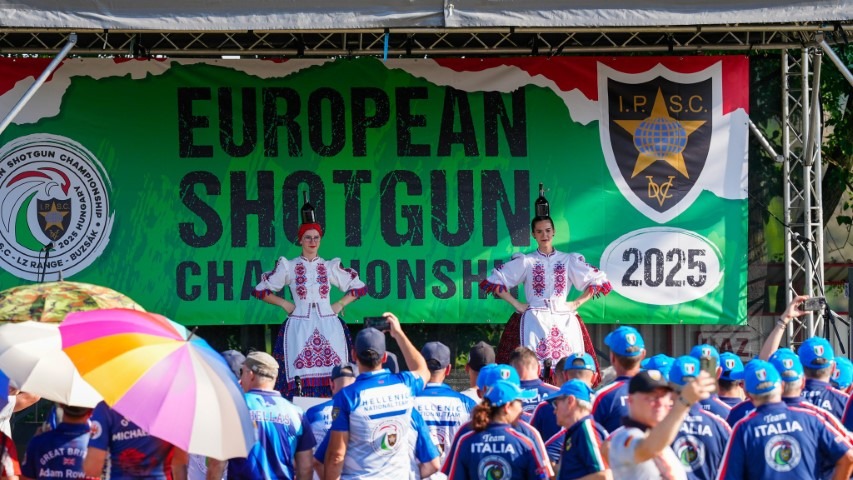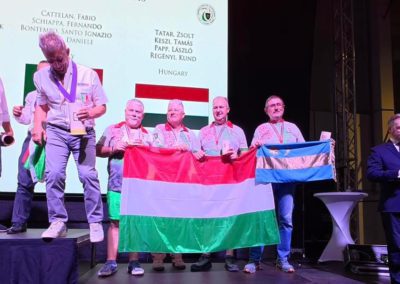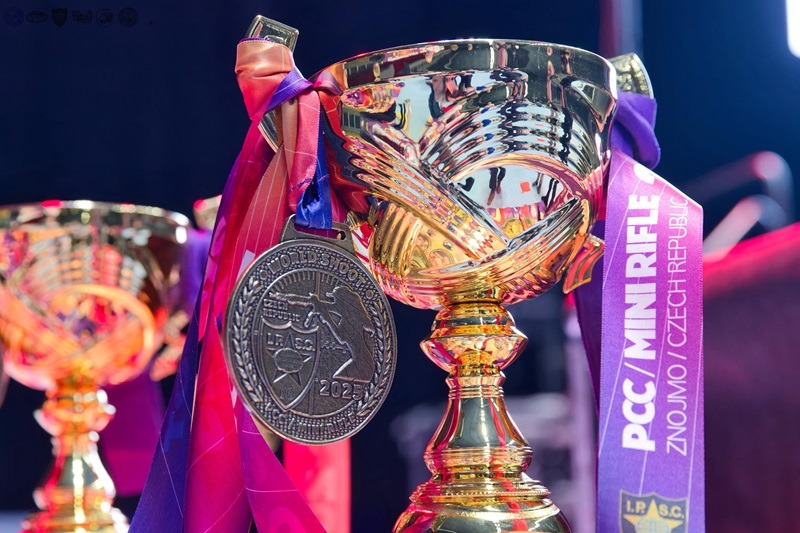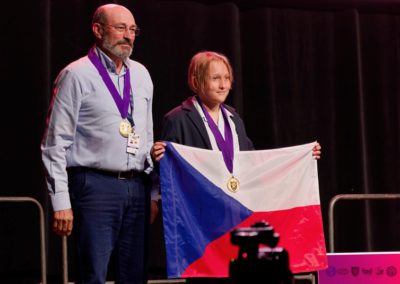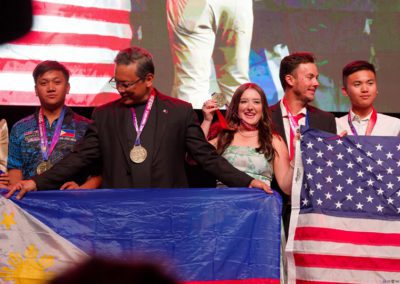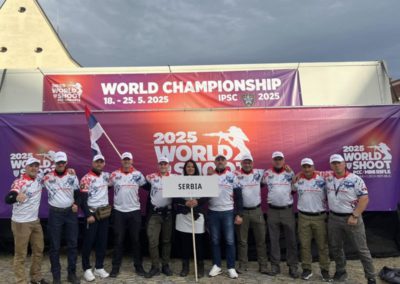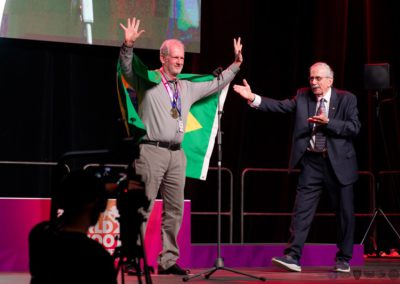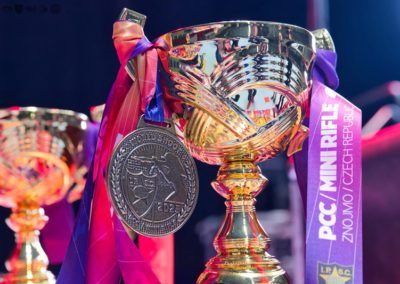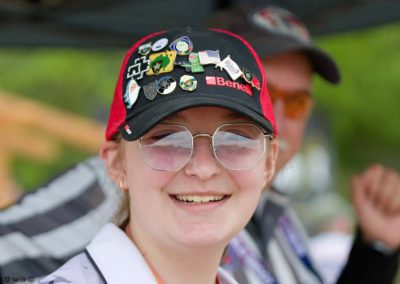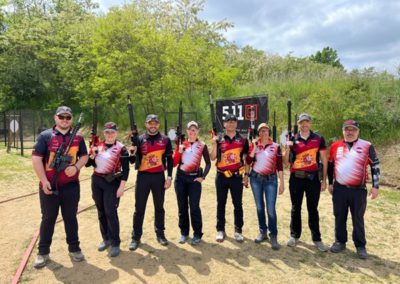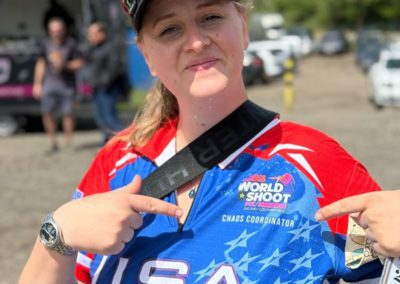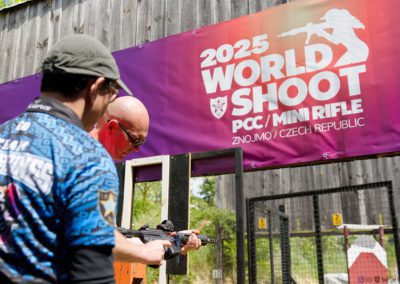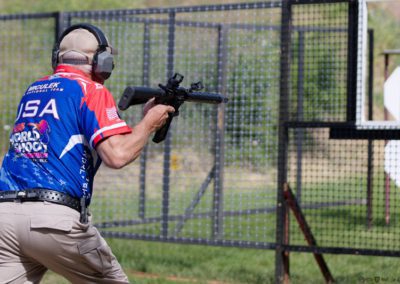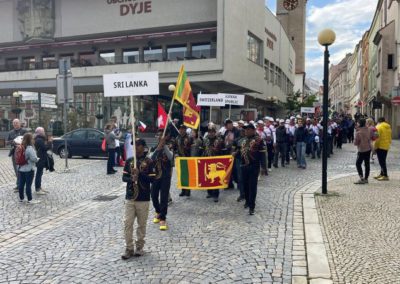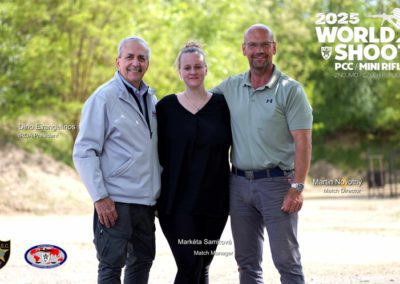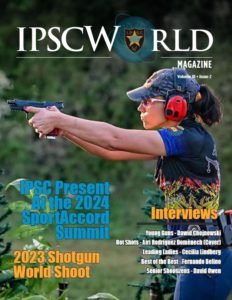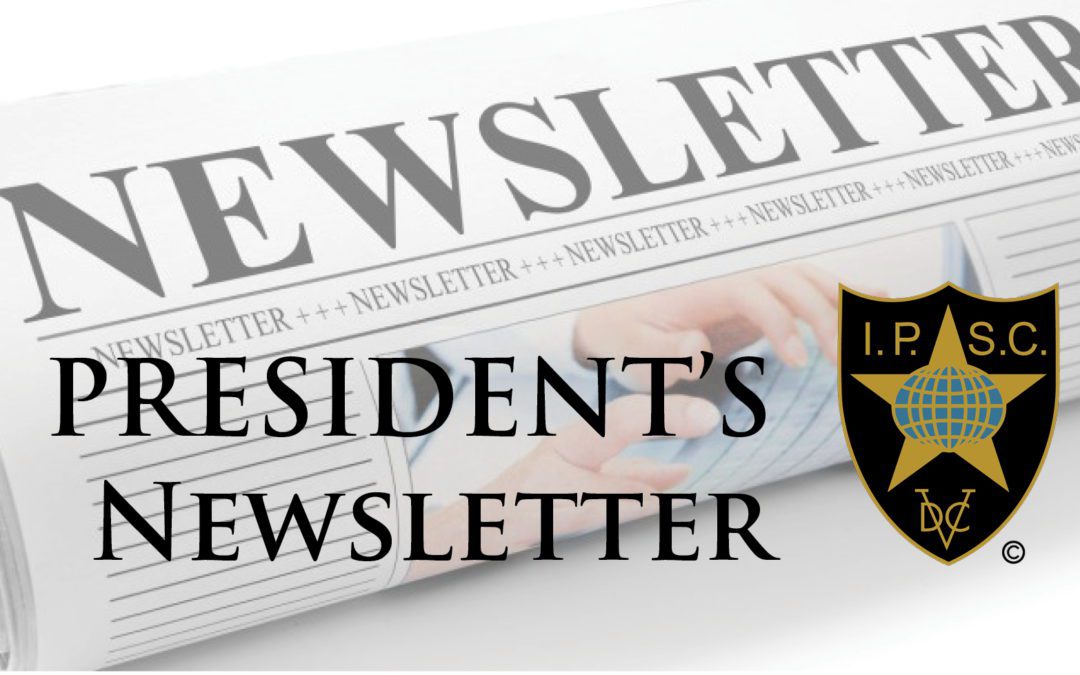
President’s Newsletter – July 2025
La versión en español está abajo.
Dear Regional Directors,
I would like to share some news from the recent Executive Council and Continental Council meetings:
- ESS report. Several new features have been developed to enhance system management. Additionally, new color options were introduced to improve user convenience. Some features were implemented based on feedback received from CROs and ROs participating in the European Shotgun Championship. An increasing number of Regions are now using the system.
- A clarification regarding the Rule proposal submitted by the Regions was discussed during the meeting. It was clarified that if there are insufficient competitors for Super Junior Category to be recognized, all competitors registered in this Category will automatically be transferred to Junior Category. If there are insufficient competitors for Grand Junior Category to be recognized, all competitors registered in this Category will automatically be transferred to Super Junior Category. (Subject to approval by the IPSC General Assembly)
- A discussion took place regarding whether a Range Master is eligible to participate as an athlete in a Pre-Match. Various opinions were expressed during the meeting. The Rules Committee will continue to review and address this matter further.
Dear Regional Directors, please pay attention that this information will be published in the official IPSC Facebook page 18 hours after this letter is sent.
You can share this information with your Board members, but please don’t publish it before the official announcement in IPSC Facebook page.
Best regards,
Vitaly Kryuchin
IPSC President
ipsc.org
ESPAÑOL
Estimados Directores Regionales,
Me gustaría compartir algunas noticias de las recientes reuniones del Consejo Ejecutivo y del Consejo Continental:
- Informe del Sistema ESS. Se han desarrollado varias características nuevas para mejorar la gestión del sistema. Además, se introdujeron nuevas opciones de color para mejorar la comodidad del usuario. Algunas características se implementaron en función de los comentarios recibidos por CROs y ROs que participaron en el Campeonato Europeo de Escopeta. Un número cada vez mayor de Regiones están utilizando el sistema.
- Durante la reunión se discutió una aclaración sobre la propuesta de Regla presentada por las Regiones. Se aclaró que si no hay suficientes competidores para que la Categoría Súper Junior sea reconocida, todos los competidores inscritos en esta Categoría serán transferidos automáticamente a la Categoría Junior. Si no hay suficientes competidores para que la Categoría Grand Junior sea reconocida, todos los competidores registrados en esta Categoría serán transferidos automáticamente a la Categoría Super Junior. (Sujeto a la aprobación de la Asamblea General del IPSC)
- Se llevó a cabo una discusión sobre si un Range Master es elegible para participar como atleta en un Pre-Match. Durante la reunión se expresaron diversas opiniones. El Comité de Reglas continuará revisando y abordando este asunto más a fondo.
Estimados Directores Regionales, por favor tengan en cuenta que esta información se publicará en la página oficial de Facebook de IPSC 18 horas después de que se envíe esta carta.
Puede compartir esta información con los miembros de su Junta, pero no la publique antes del anuncio oficial en la página de Facebook de IPSC.
Vitaly Kryuchin
Presidente del IPSC
ipsc.org
